Lawn Care
Weed Control
Spot treat existing weeds growing now with natural horticultural vinegar or Captain Jack's Deadweed Brew. Both will burn any foliage so take care to not spray your plants or lawn.
Prevent weeds with Hi Yield Weed & Grass Stopper or Weed Beater Complete
Bare Spots & Brown Lawns
You can overseed your lawn now with winter rye grass seed (or fill bare spots with this seed) at the rate of 1 lb. per 100 sq.ft. We have it in 10 to 50 lb. bags.
Do not think about fertilizing until your lawn begins actively growing. Generally this is around early March.
Note: You cannot apply both winter rye and pre-emergent weed control in the same lawn. The seed will not sprout.
Read: Why Won't My Weed Killer Work?, Our Secret Ingredient for a Happy Lawn
What to Plant
All containerized, bare rooted, and ball in burlap hardy trees, shrubs, vines, fruit trees (not citrus) and roses.
Use Nature's Blend to prepare the garden soil and frost blankets to protect tender veggies from the cold nights.
Vegetable Seeds
Beets, broccoli, cabbage, carrots, Swiss chard, collards, lettuce, mustard, radish, spinach and turnips.
Start pepper and tomato seeds indoors to transplant into garden later.
Vegetable Transplants
Broccoli, cabbage, cauliflower, onion sets, seed potatoes, and spinach.
Tomato transplants can be nurtured in pots now and set in the garden in February.
Flower Seeds
Petunias, alyssum, carnations, larkspur, nasturtium, poppy, dusty miller, stock, calendulas and bluebonnets.
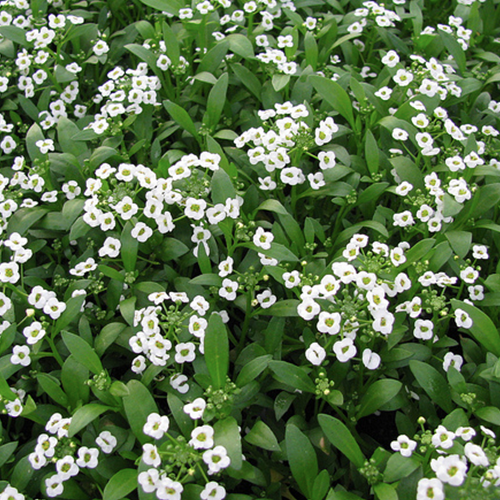
Alyssum

Nasturtium
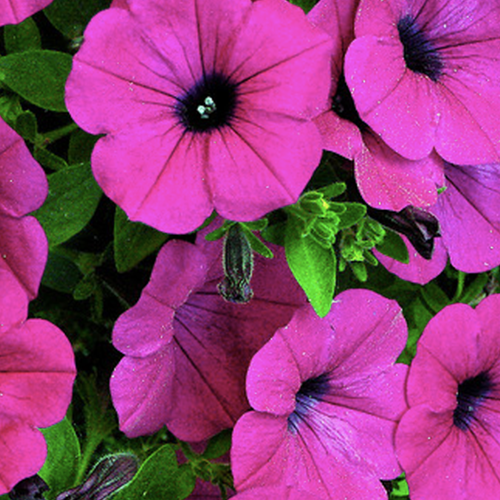
Petunia
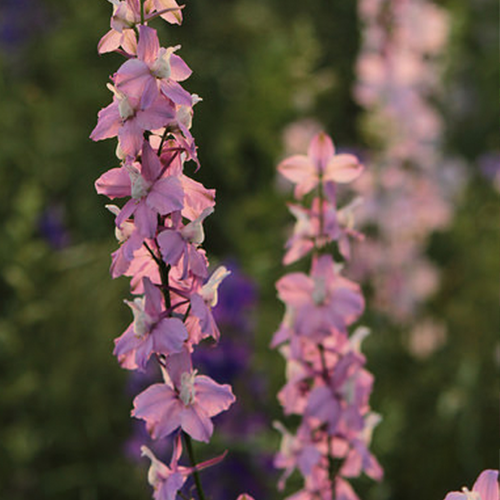
Larkspur
Flower Transplant
Pansies, petunias, alyssum, dianthus, snapdragons, and violas, flowering cabbage & kale.
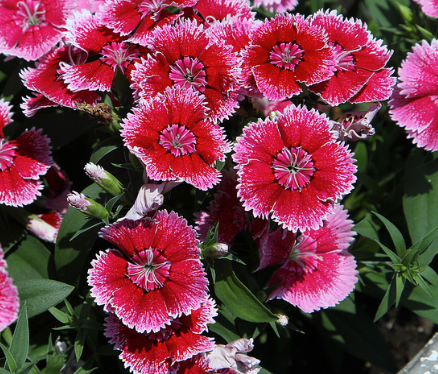
Dianthus
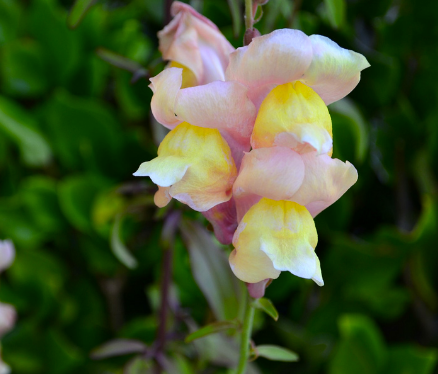
Snapdragons

Pansies

Petunia
Houseplants

Give your indoor plants a checkup. Look over the foliage, remove any old or dead leaves to freshen their look and keep them healthy.
Be sure to set your plants in the proper light indoors but watch that the heater and/or AC vents do not blow directly on them. Windows provide good natural light - open blinds and curtains during the day.
Water when needed, but plants will not drink as much during Winter months. Remember you can add more water, but hard to take out!
Fertilize houseplants organically with ½ strength Hasta Gro.
If your plants look unhappy, they might need re-potting. Be sure to use a good all-purpose potting mix.
Fertilize
Established Citrus Trees
Fertilize organically with Medina Growin Green, Citrus Tone, or Hasta Gro; or with conventional fertilizer ammonium sulfate 21-0-0.
Cool Weather Vegetables
Fertilize organically with Medina Growin Green, Hasta Gro, or Plant Tone; or with conventional fertilizer ammonium sulfate.
Cool Weather Annuals
Fertilize organically with Medina Growin Green, Maestro Rose Glo, or Plant Tone; or a water-soluble fertilizer like Hasta Gro.
Do not fertilize tropicals. They need to rest.
Watch Out For
Scale Insects
Watch for scale insects on hardy trees and shrubs. Spray with Neem Oil or Dormant Oil spray
Lawn Fungus
This can be a major problem after long periods of wet, cool weather. There are 2 major lawn fungus – Take All Patch and Brown Patch.
-
Treat Take All Patch organically with Natures’ Blend Organic Compost or peat moss; or use conventional Fertilome Systemic Lawn Fungicide or Scotts Disease Ex.
-
Treat Brown Patch organically with horticultural corn meal or Nature’s Blend compost, or conventionally with F-Stop Fungus Granules.
Read: Protect Your Lawn: Recent Take All Root Rot Sightings (TARR)
Prune
Fruit Trees
Prune peaches, plums, and figs lightly to shape. Do not prune citrus.
Hardy Dormant Trees
Prune oak, mesquite, cedar elm, & crape myrtle. Do not top trees! Prune from the bottom up.
Perennials
Perennials that have finished their bloom.
Water
Only as needed – but dry cold fronts, high winds and low humidity can dry plants quickly.
Established lawns only need water every couple of weeks, provided we don’t get rain.
Be sure to check your sprinkler system and adjust accordingly.
When or if temperatures dip below freezing:
Move tropical potted plants inside or group them together in a protected area so they may be easily covered.
Mulch and water newly planted trees and shrubs well; water tropicals and potted plants.
Cover tropicals and tender plants with frost blankets (which we sell), sheets, household blankets or plastic (Note plastic can burn the outer foliage it is touching).
Bring fabric all the way to the ground allowing heat from the soil to be trapped around the plant.
Uncover all plants as temperatures rise to prevent the foliage from scorching.
Read: Some tips on preparing for a freeze in last week's "Freeze Alert"


29 Comments on “January Garden Guide”
Any tips on extending the lifes of poinsettias?
Hey Chet, sorry but comments were disabled last year, and just showed up now. Keep your poinsettia lightly moist, never saturated and standing in water. Brighter light will hold leaves and color better than a dark place away from a window.
Excellent information – thank you!
Do you sell freeze covers, and how much are they? What are the temperatures they can protect the plants to?
Hey Chet, sorry but comments were disabled last year, and just showed up now. Keep your poinsettia lightly moist, never saturated and standing in water. Brighter light will hold leaves and color better than a dark place away from a window.
And Ruth, we do sell frost blankets, 10×12 is $16.99. They provide approximately 5 degrees of protection, but that is partly dependent on wind speed.
Do you guys have any plants that will grow indoor in an office with no windows? I need some plants and would like to know which ones I could buy.
All plants require light, but artificial light is adequate for some varieties. Some plants to consider would be pothos ivy, sansevieria, and dracena marginata. Come by and ask about low light indoor plants.
My knockout roses are blooming. Should I still cut them back?
Yes you should, I like to do that pruning last week of January. As temperatures warm more, vigorous growth will start, and we prefer to do our major pruning before that growth spurt.
It didn’t happen in previous years but I’m growing a bumper crop of thistle this spring. How to control?
You can pull them after a rain or thorough watering, or just keep mowed short so they cannot flower, or treat with a broadleaf weedkiller. If you want to spray them, come in and we can fix you up. You can limit this problem next year by applying a pre-emergent this fall, in October. We can help you with that too.
When should pulmeria be pruned?
Any time in the next 3 weeks would be good.
How much are your oleander right now? Is it alright to plant them now?
Yes its fine to plant oleanders now. We do not currently have many in stock, but if you have interest in a particular variety and quantity, ask us if we can get them.
When are my peggy martin roses supposed to bloom? They bloomed for a very short time after we purchased them in April/May last year from you. Still not blooming
Hi Diana – you should start seeing some buds now or very soon, then blooms in Feb.
You all planted some Cinco De Mayo roses for us last summer. Do they need to be pruned, as well as our knockout roses?
Hi Sara – if they are blooming right now and look good, then enjoy them now and wait to prune. Once they are starting to look weathered or leggy/long, you can go ahead and cut them back about 2/3 and fertilize with organic Rose Glo.
I am having trouble seeing growth from some dwarf crape myrtle dynamite plants. They are3 about 2 feet high mostly branch. Any tips to help provide more growth?
Dynamite is not a vigorous grower in South Texas, but is favored for its rich red bloom color. To maximize growth, make sure it suffers no competition from lawn, have it in a 4 to 6 ft diameter bed with just mulch around it, no grass. You could plant annual flowers around it but no competitive ground covers like jasmine or asparagus fern. The competition rule is, if I can pull it up with little effort, it will not slow down the growth of the crapemyrtle. Hopefully it is planted in an area that drains well, and is planted as high or slightly higher than the surrounding ground. Water thoroughly once a week starting in late February, and fertilize regularly with your chosen brand. I like Medina Gro N Green applied once a month February through October.
Does Gill’s ever get Coontie Palms or Thornless Crown of Thorns, or can they be ordered? I have two coontie palms on the island in pots, that require little to no water. They were not covered during the big freeze last year and i thought they were gone for sure….however they are big and beautiful once again. I don’t remember where i got the two i have, but they are seem to be great for this area, and I would like to get some for my house in town.
We more commonly stock the cardboard palm, a close relative of the coontie, and it makes a great landscape or container plant. It would not be possible to order one or two coontie, but if you need 10, let us know.
We had poor results with thornless crown of thorns, so we do not stock them now.
I have giant flys on just one of my hibiscus. What do I need to do
I have a small Myers lemon tree in a big pot when and what do I use to fertilize. I got one small lemon this year hoping for more this year.
Having it in a pot will limit the number of fruit, but you can certainly boost that number by fertilizing. Lots of our people swear by HastaGro, but that needs to be applied weekly mid-February to October for the result you are looking for. For fewer applications you could apply Osmocote time release in February, May, and September.
Are you going to have an blackberry available for sale soon?
Hi Patti – we’ll have blackberries mid February!